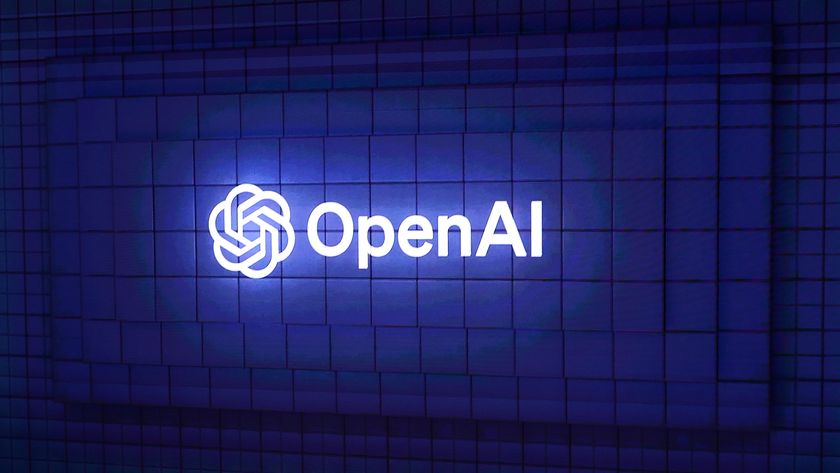IT wishlist: what tech leaders hope for in 2017
Forget predictions, here’s what IT leaders want to happen next year
Frank Lansink is the European CEO of IPsoft, the makers of the Amelia AI assistant. He hopes companies recognise the looming shift in work that automation will cause, and prepare their staff for it.
"They must prepare to structure and organise roles, to ensure that workers can migrate to higher-level tasks and responsibilities and in turn create hyper productive workforces," he said. "Companies must ensure that humans are allocated to jobs that suit their skills and ambitions, and be prepared to handover the mundane repetitive tasks to smart technologies. Those that fail to acknowledge the arrival of AI place a risk not only on the productivity of their workforce but also themselves, as they run the risk of falling behind."
Employee experience
There's more to keeping IT staff happy than avoiding throwing their jobs away to robots, of course. Neil Greathead, chief customer officer for EMEA at BMC Software, argues that the future of work requires more focus on "the employee experience".
He said: "Just as consumer apps have disrupted our personal lives, companies need to focus on disruption for employees inside the company."
That includes companies meeting modern demands on where, when and how employees do work, he said, noting that companies with engaged employees outperform rivals. However, such change needs to come from the c-suite. "The impetus to change the employee experience doesn't just lie with IT or HR it starts with executive leadership and needs buy in all the way down."
Paul Clarke, UK manager at 3CX, agreed, saying that flexible and remote working should be on every IT leader's wishlist for 2017. "Since IBM began supporting remote working in 1995, the company has reported savings of approximately $100 million per year," he said. "In 2017, companies will increasingly seek to emulate this success by adopting flexible and remote working to boost productivity and reduce costs."
Get the ITPro. daily newsletter
Sign up today and you will receive a free copy of our Focus Report 2025 - the leading guidance on AI, cybersecurity and other IT challenges as per 700+ senior executives
Connectivity everywhere
Whether it's the Internet of Things or streaming content, more and more of our lives is connected making connectivity not-spots and slow broadband a burden that many IT leaders wish would be solved in 2017.
Mark Stewart, CTO at mobile consultancy Mubaloo, called for "consistent mobile coverage over major train routes, for those of us who on the train", as well as mobile phones with longer battery life to keep working all day.
Marc Agnew, EMEA COO at ViaSat, wants to see the government trial new broadband technologies presumably that would include satellite to help bridge the digital access divide. "The inability to connect the whole country is partly due to our fixation on fibre; even now, we're seeing new projects announced that will give already-connected areas even faster speeds, while those that are waiting will fall further behind," he said.
"This can only lead to a two-tiered internet system: areas with fast services will reap the benefits in terms of education, opportunity and investment, while those without simply fade away. On IT leader's wish list for 2017 will be for the government to bridge the divide and end its dependence on fibre, by exploring the possibility of using other broadband technologies."
Cloud and automation
The cloud is no longer only a hyped tech term it's the basis for much of the IT world's work. Jonathan Forbes, CTO of Aquila Insight, hopes the industry sees more potential in the cloud to power the looming AI revolution. "I'm hoping that people will come to understand that the real benefit of cloud technology is that it's programmable as well as flexible and quickly scalable," he said. "I think when they do, the sharpest amongst them will quickly spot the levels of automation that they can achieve and wonder why they're continuing to do things the traditional way."
Charles Crouchman, CTO at Turbonomic, agreed, saying it's been difficult for companies to build true hybrid clouds as their private and public clouds come from separate vendors and have their own systems, tools and interfaces, creating unnecessary complexity. He'd like to see AI used to build on the promise of hybrid clouds.
"The difference in 2017 will be the availability of systems built on autonomic intelligence which can manage multi-cloud environments and ultimately deliver hybrid cloud. Treating multi-cloud environments as economies in their own right, organisations will use market-based algorithms to buy and trade resources depending on the real-time needs of applications or end-users."
Freelance journalist Nicole Kobie first started writing for ITPro in 2007, with bylines in New Scientist, Wired, PC Pro and many more.
Nicole the author of a book about the history of technology, The Long History of the Future.
















